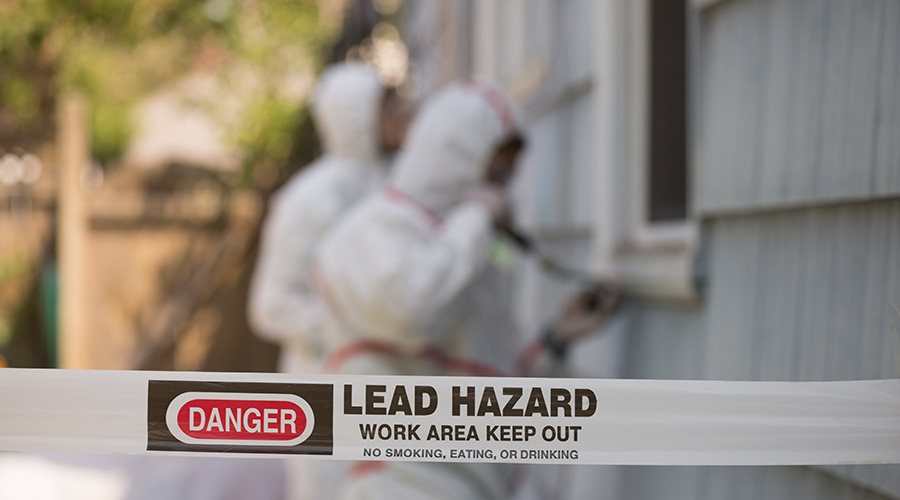Assessing Data to Help Determine Maintenance Staffing Levels
Part 2 of a two-part article on staffing
The key to managing the staffing process is to have accurate data that will allow the department to completely and accurately understand everything supervisors and front-line technicians are doing, meaning where they are spending their labor and supply dollars. The only way to gather the data is to have a well-managed and accurate computerized maintenance management system (CMMS) and make sure that the technicians are writing detailed and accurate work orders for all of the work they complete each and every day. There cannot be any exceptions to this rule. It must be job one at all times.
Once managers have this data, then they can begin to develop some benchmark data, such as labor costs per square foot or technicians per million square feet. With this data in hand, managers can begin to compare the department to other organizations in order to see where it stands.
If you are part of a professional organization for facilities, schools, hospitals or certain manufacturing organizations, you can begin to compare their benchmark data against the department’s data to get an idea of how it compares to the standard.
Earlier, I made the statement that 95 percent of the departments I have contact with are overstaffed. That figure might sound too high to believe, but it’s true. Managers can ask themselves these questions to perform a quick assessment of the department’s staffing situation.
- �Are technicians writing accurate work orders for 100 percent of work? If the answer is no, then you don’t know what your people are doing and spending your labor hours on.
- Are you formally planning non-emergency work? If not, you are using four-six times too much labor.
- Is the department using a written and documented work schedule each week? If not, then there is a high level of chaos in the work technicians are completing, which leads to higher labor hours and costs.
- Do you have an organized parts and supply procurement process in place? If the answer is no — in other words, technicians and supervisors have their own purchasing cards that allow them to purchase anything they want and from anyplace they want — then the department is wasting money on supplies and even more money on the labor as the technicians drive around the city in air-conditioned trucks deciding what to buy.
- �Do your maintenance technicians mostly work in pairs? They will tell you that they work this way because of the danger of maintenance and that working together makes it safer. This is a farce. Less than 20 percent of maintenance work requires two technicians to complete because of safety considerations. If the department is using teams or packs to complete maintenance work, you are wasting about 80 percent of your total labor work force.
If you answered no to any of these examples, your department probably is overstaffed. To succeed, managers must be able to justify increasing or decreasing staff. You must have the accurate data to create the business case for making changes.
Develop accurate data, become involved with professional organizations that have benchmarking programs or committees, and take a hard, detailed look at staffing and management processes. Many times, technicians are not the problem. It is the department leaders and managers who need to make changes to their processes and to the leadership culture.
Michael Cowley, CPMM, is president of CE Maintenance Solutions — www.cemaintenancesolutions.com. Cowley provides maintenance training, coaching and consulting services to facility and manufacturing organizations nationwide. He is a frequent speaker at national facilities management conferences.
Related Topics:













